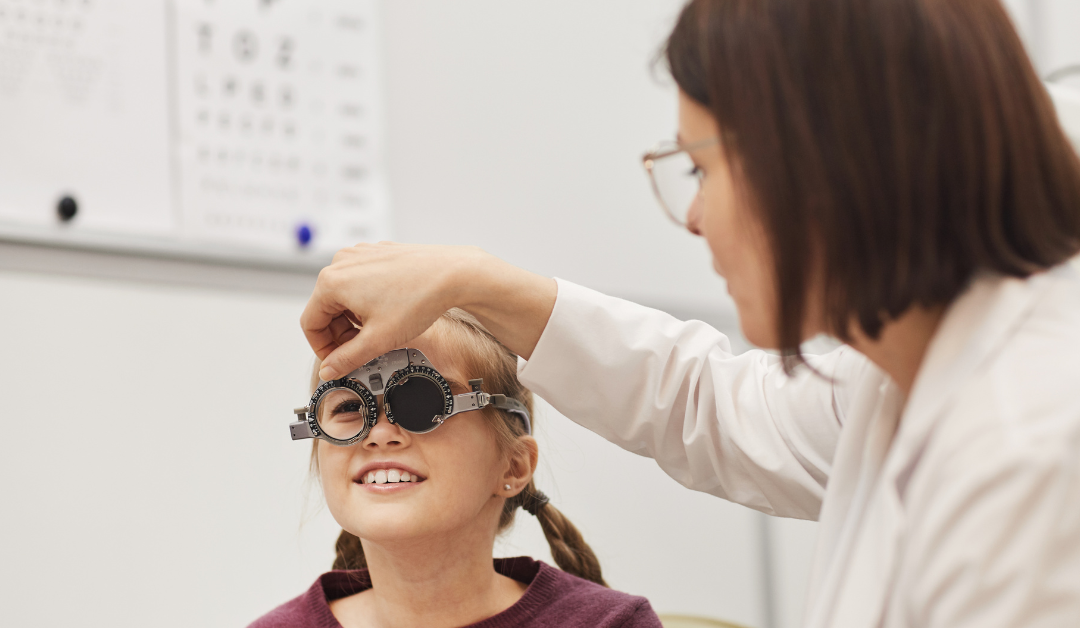
by barqar | Jan 15, 2025 | Eye Health, News Articles, Pediatric Ophthalmology
As a parent, you want to give your child every opportunity to succeed—and pediatric eye health plays a vital role in their development. From learning in the classroom to playing with friends, clear eyesight is essential for a child’s academic, social, and physical...

by ecvaeyeadminz | Mar 15, 2024 | News
As the April 2024 solar eclipse approaches, excitement builds in Buffalo, NY, where observers anticipate a breathtaking event. According to NASA, the partial eclipse will commence at 2:04 p.m., with totality beginning at 3:18 p.m. However, it’s crucial to...

by ecvaeyeadminz | Nov 22, 2023 | Eye Health
Vision correction surgery began making headlines in the 1980s and 1990s. It generated excitement as people learned they may have a path to see clearly without needing corrective lenses, including prescription glasses or contacts. LASIK (laser-assisted in situ...

by ecvaeyeadminz | Nov 1, 2023 | News
We are delighted to announce the reopening of our Orchard Park eye care center, which officially took place on Monday, October 30th. This marks the beginning of a new chapter for us, and we couldn’t be more excited to share it with our cherished southtown...

by ecvaeyeadminz | Aug 24, 2023 | Eye Health
The start of the school year is on the horizon, so many households are taking the time to get ready for the upcoming academic year. One critical part of that equation is a back-to-school eye exam, ensuring children are able to see clearly when they’re in class....






